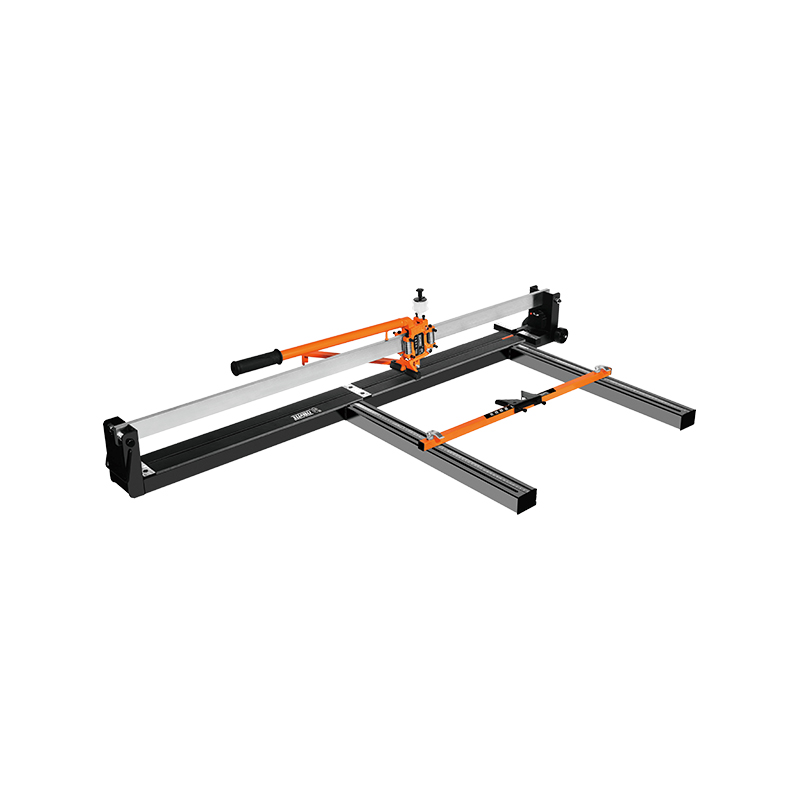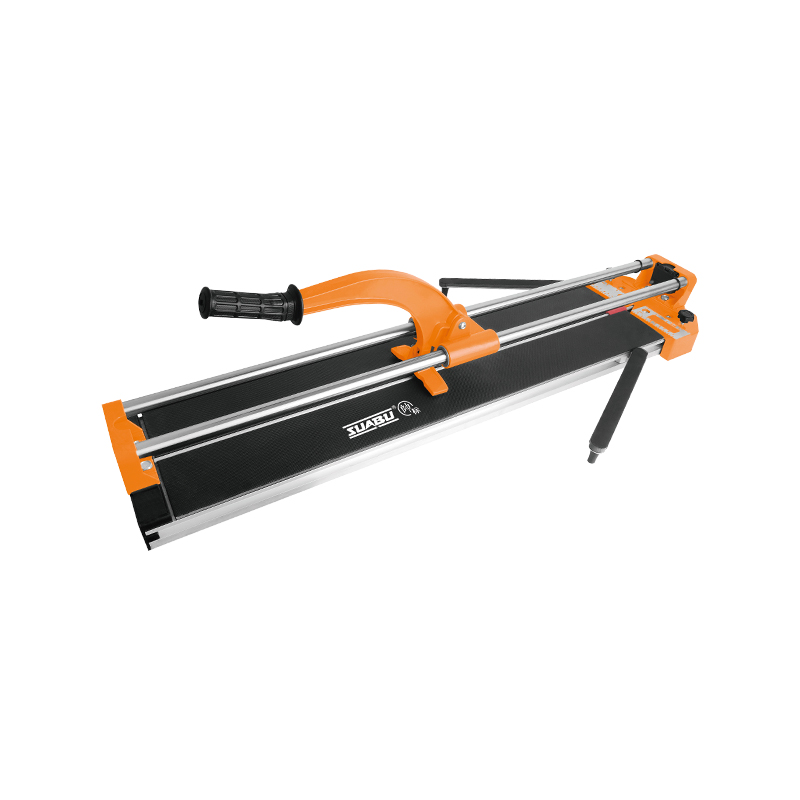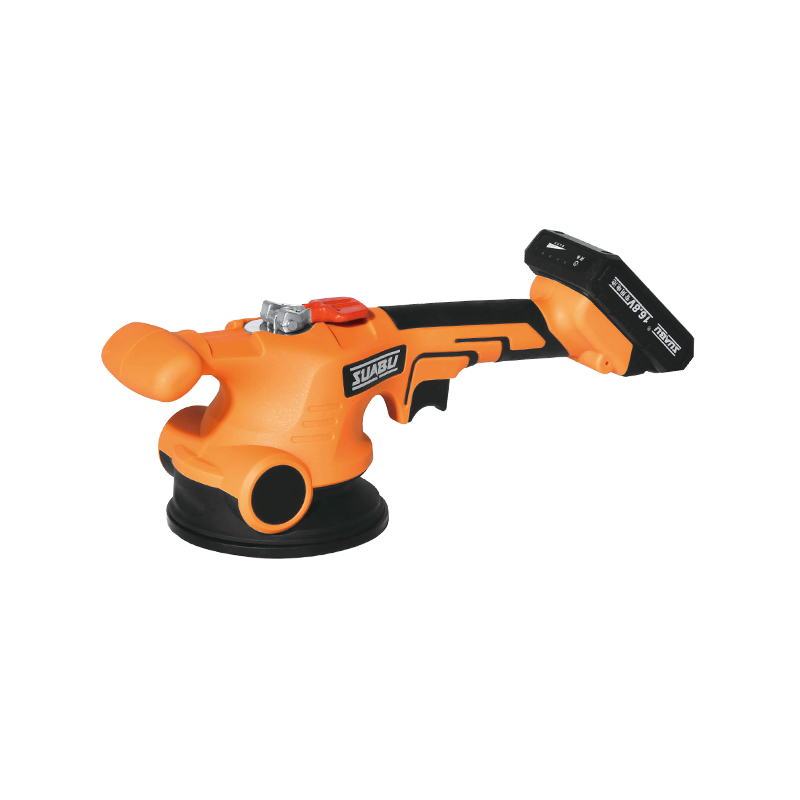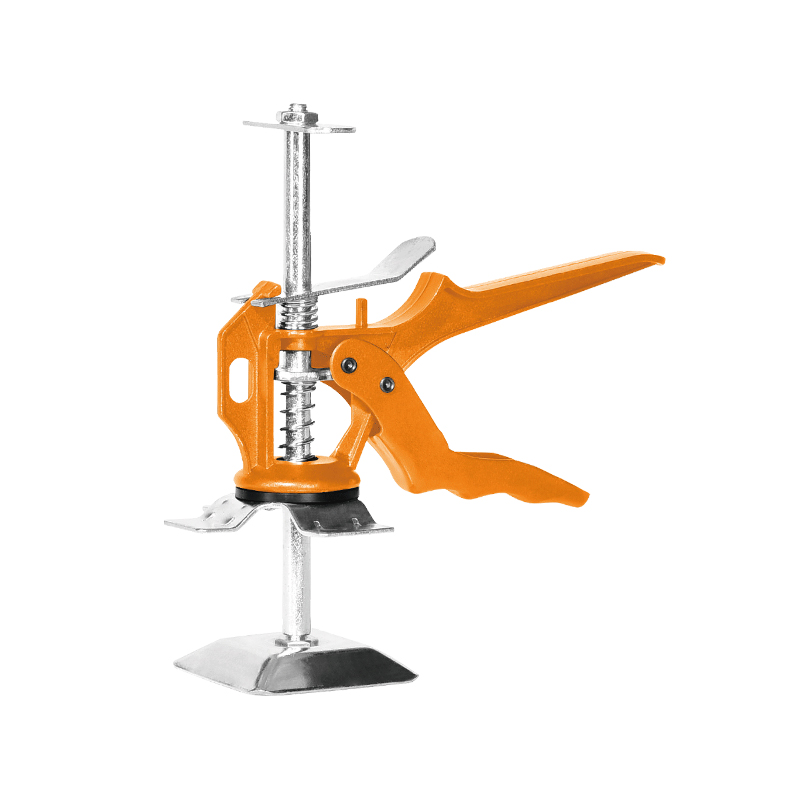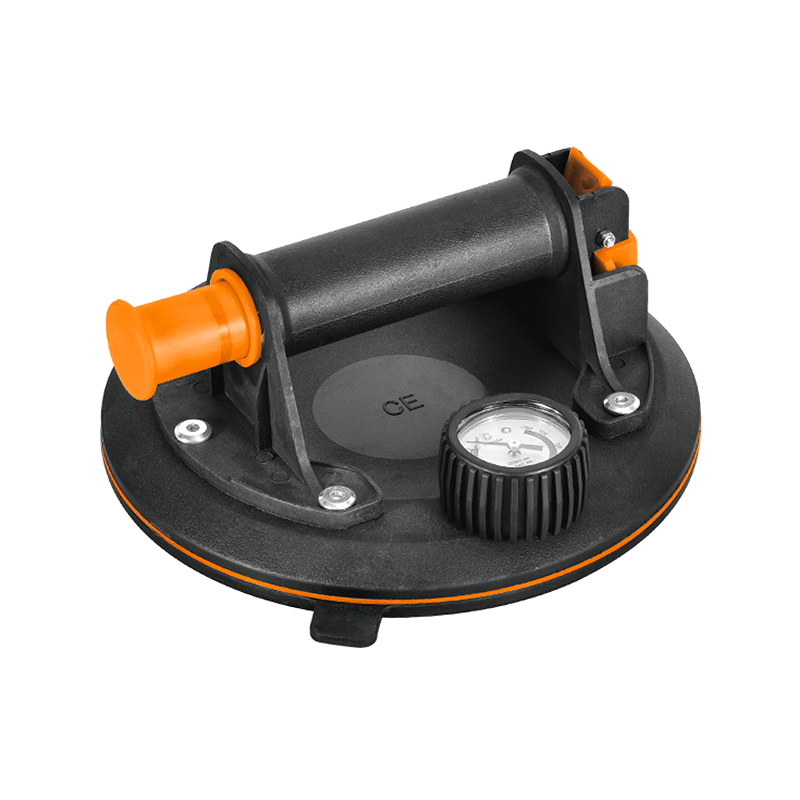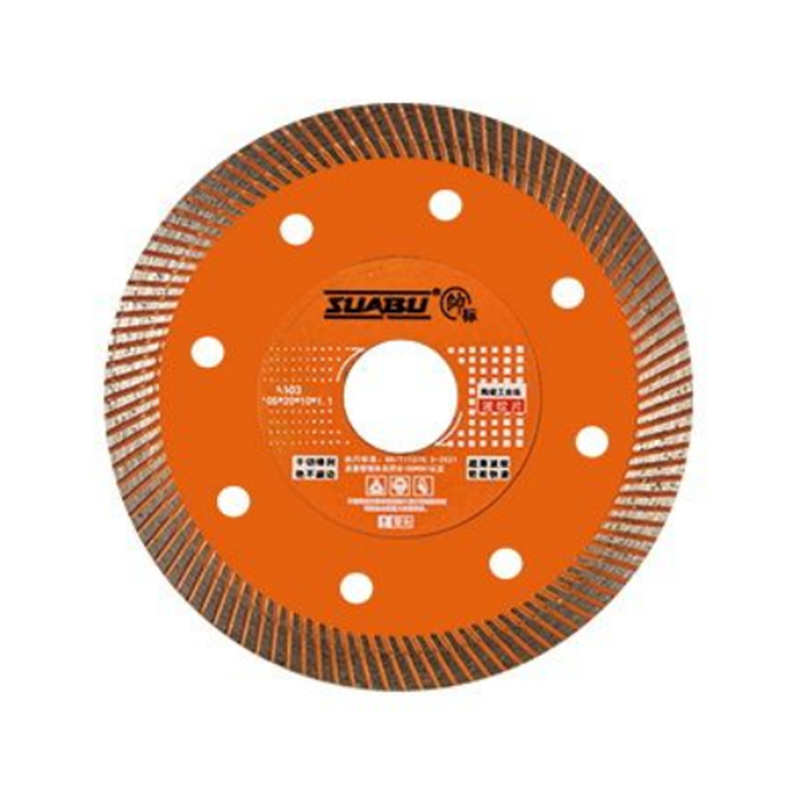Innovations In Ceramic Tile Cutting Tools And Tile Vibration Machines
2024-06-14
Ceramic tile cutting tools and tile vibration machines play crucial roles in the construction and renovation industry, ensuring precision and efficiency in tile installation. With advancements in technology and engineering, these tools have undergone significant innovations to meet the evolving needs of professionals and DIY enthusiasts alike.
In the realm of ceramic tile cutting tools, traditional manual cutters have been revolutionized by the advent of electric tile saws. These saws employ diamond-coated blades to effortlessly slice through ceramic tiles with accuracy and speed. The integration of water cooling systems in modern electric tile saws not only reduces dust and debris but also prevents overheating, prolonging the lifespan of the blades.
Moreover, the introduction of laser-guided cutting mechanisms has further enhanced the precision of ceramic tile cutting. By projecting a laser line onto the tile surface, users can achieve impeccable cuts with less margin for error. This innovation has significantly reduced the need for additional finishing touches, saving time and resources during tile installation projects.
In parallel, the development of tile vibration machines has transformed the way tiles are laid and secured. These machines utilize high-frequency vibrations to ensure good adhesion between the tile and the substrate, eliminating air pockets and enhancing bond strength. By evenly distributing the adhesive beneath the tiles, vibration machines contribute to the longevity and durability of tiled surfaces, particularly in high-traffic areas.
Furthermore, advancements in tile vibration technology have led to the creation of portable and lightweight machines, offering increased maneuverability and versatility on job sites. Equipped with adjustable vibration settings, these machines cater to a wide range of tile sizes and materials, empowering users to achieve consistent results across diverse applications.
The synergy between ceramic tile cutting tools and tile vibration machines has revolutionized the efficiency and precision of tile installation processes. By leveraging cutting-edge technologies and innovative design principles, these tools empower professionals and enthusiasts alike to tackle projects with confidence and precision.
In conclusion, the evolution of ceramic tile cutting tools and tile vibration machines has ushered in a new era of efficiency and precision in the construction and renovation industry. Through continuous innovation and refinement, these tools remain indispensable assets for professionals seeking to deliver flawless tile installations while meeting high standards of quality and craftsmanship.
As the demand for sustainable construction practices grows, manufacturers are also exploring eco-friendly alternatives in ceramic tile cutting tools and tile vibration machines. Innovations in this space include the use of recycled materials in tool construction, as well as the integration of energy-efficient components to reduce environmental impact.
Additionally, digitalization has made its mark on the industry, with the emergence of smart tile cutting tools equipped with connectivity features. These tools can be remotely controlled and monitored via smartphone apps, allowing for greater convenience and productivity on the job site. Furthermore, data analytics capabilities enable users to track performance metrics and optimize workflow efficiency.
Looking ahead, the future of ceramic tile cutting tools and tile vibration machines is poised for further advancement. With ongoing research and development initiatives focused on enhancing precision, versatility, and sustainability, these tools will continue to shape the landscape of modern construction practices, offering innovative solutions to meet the evolving needs of the industry.
In conclusion, the synergy of technological innovation and sustainable design principles is driving continuous improvement in ceramic tile cutting tools and tile vibration machines. By embracing these advancements, professionals can achieve predominant results with less environmental impact, paving the way for a more efficient and sustainable future in construction and renovation.

